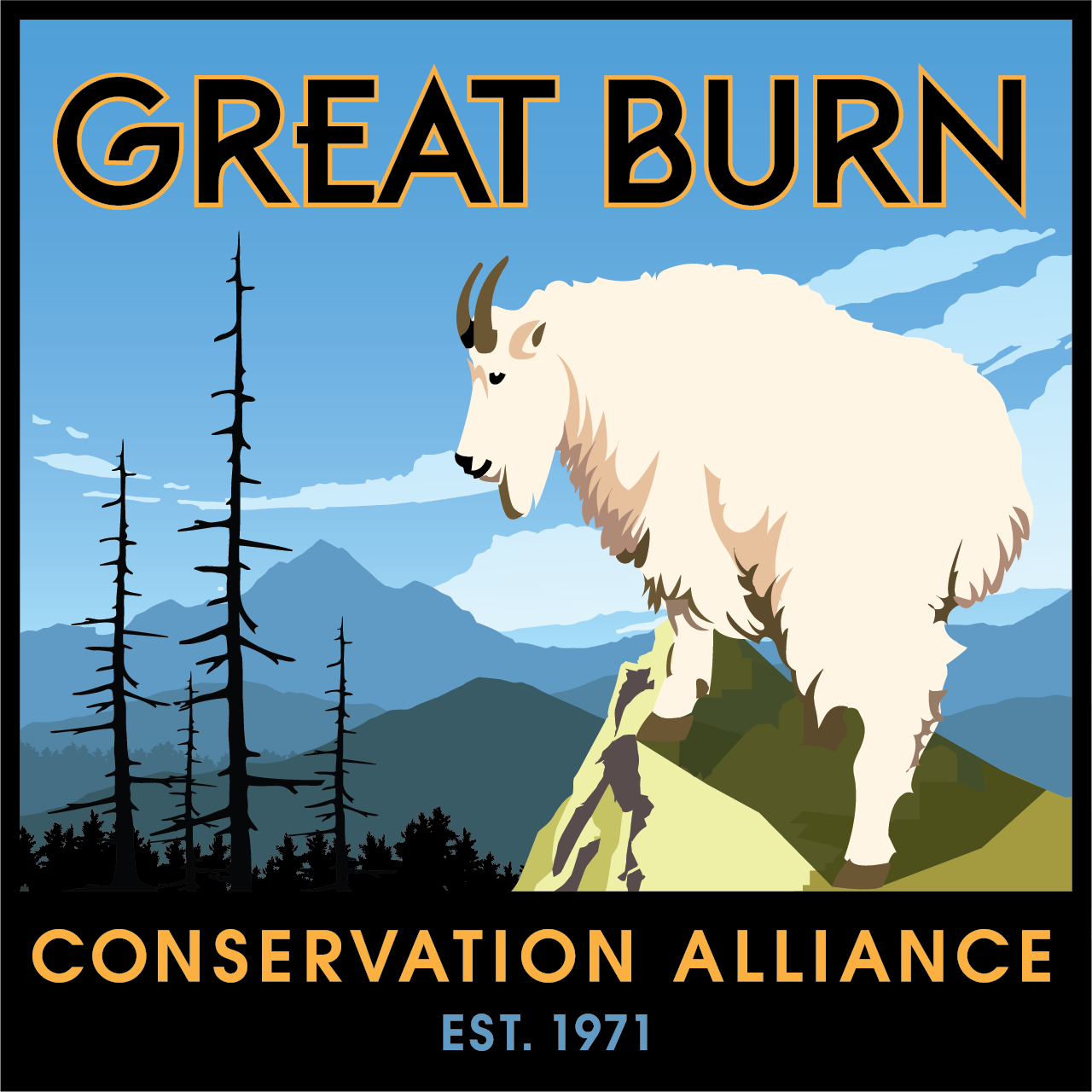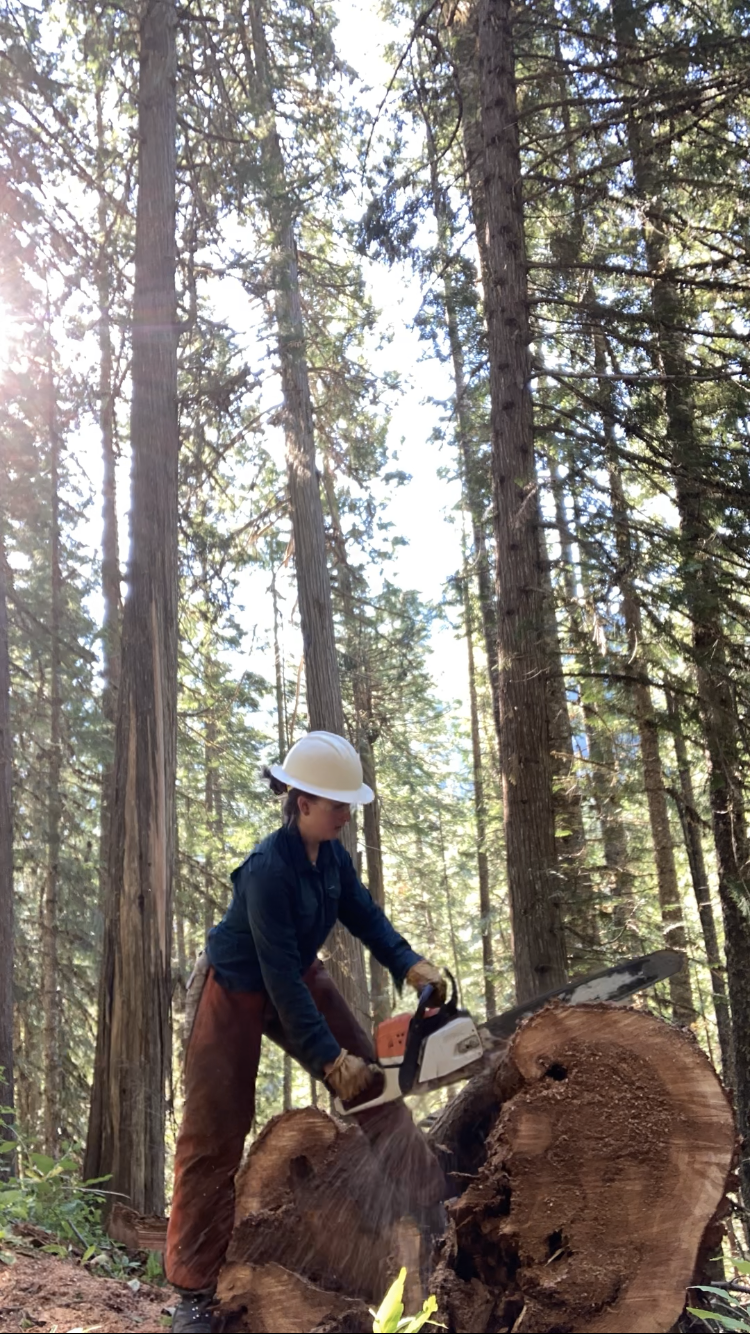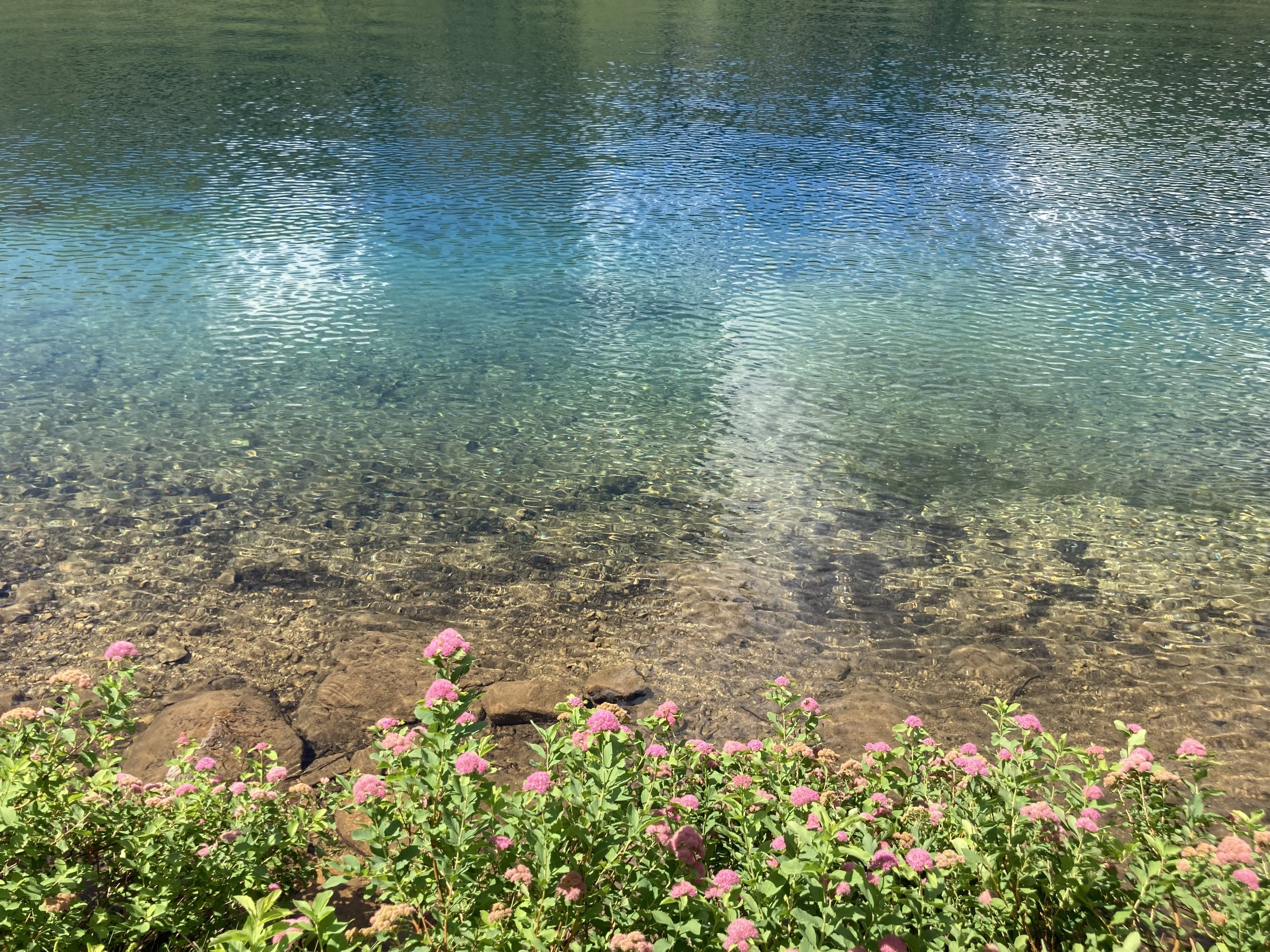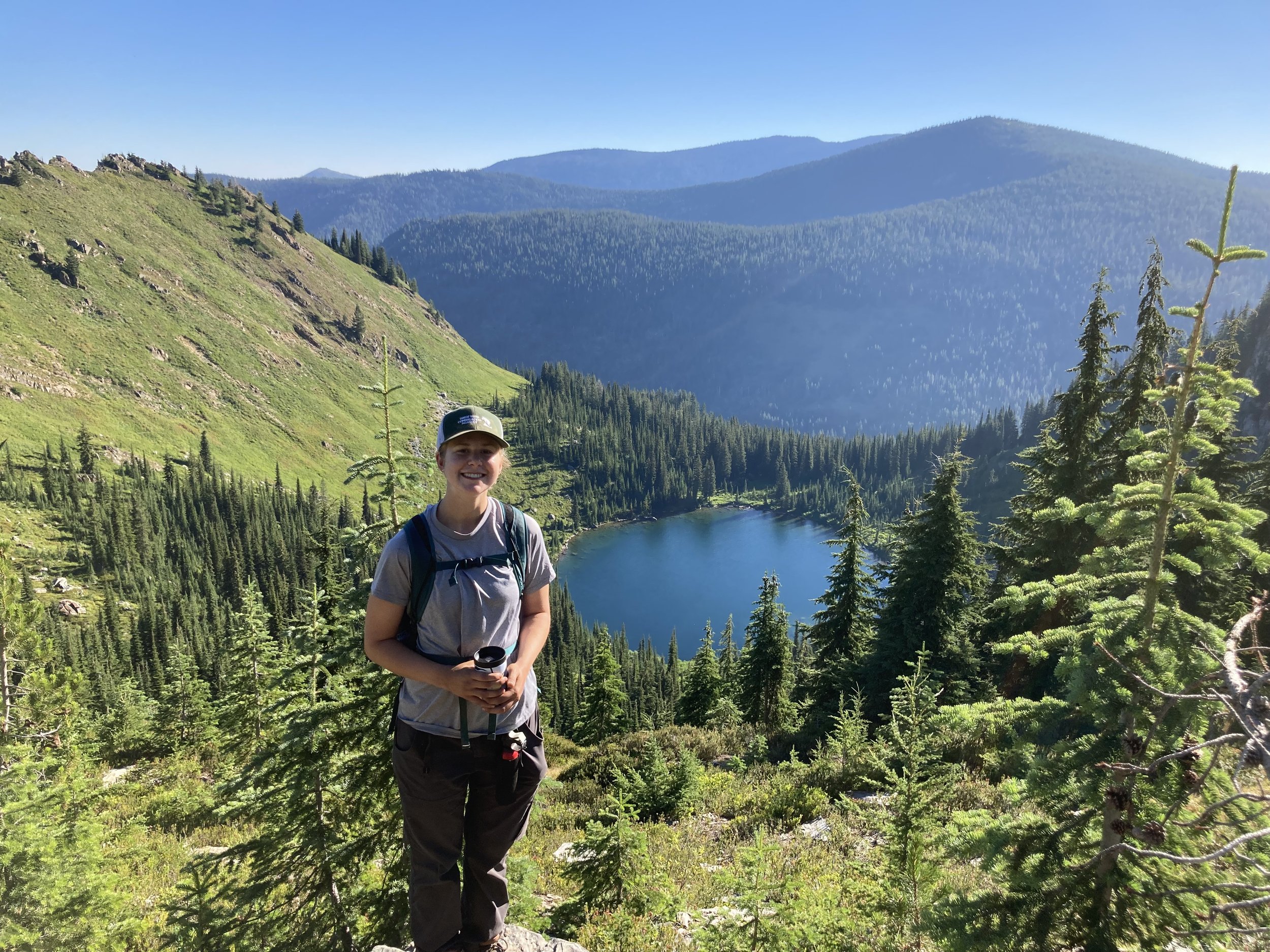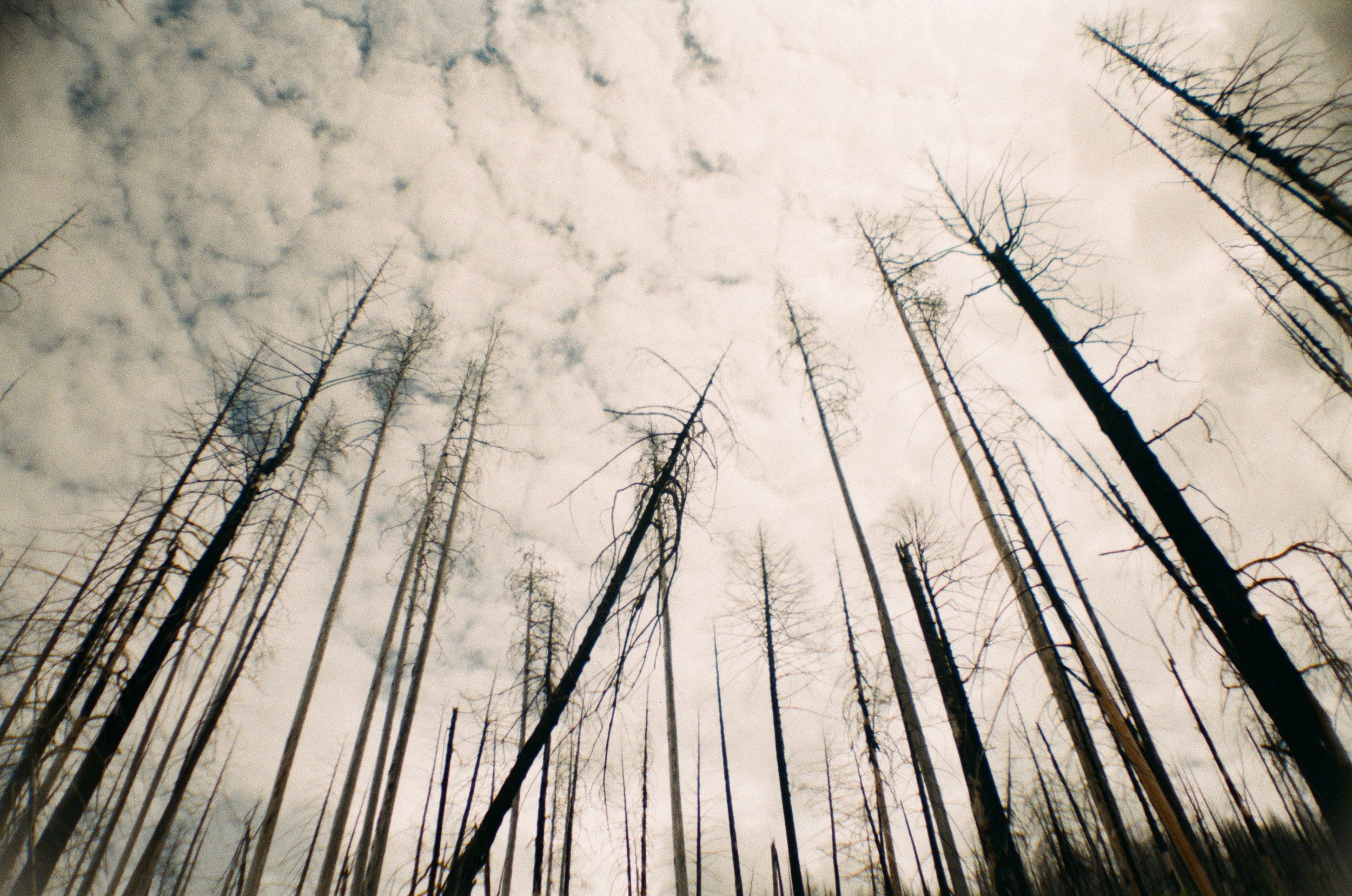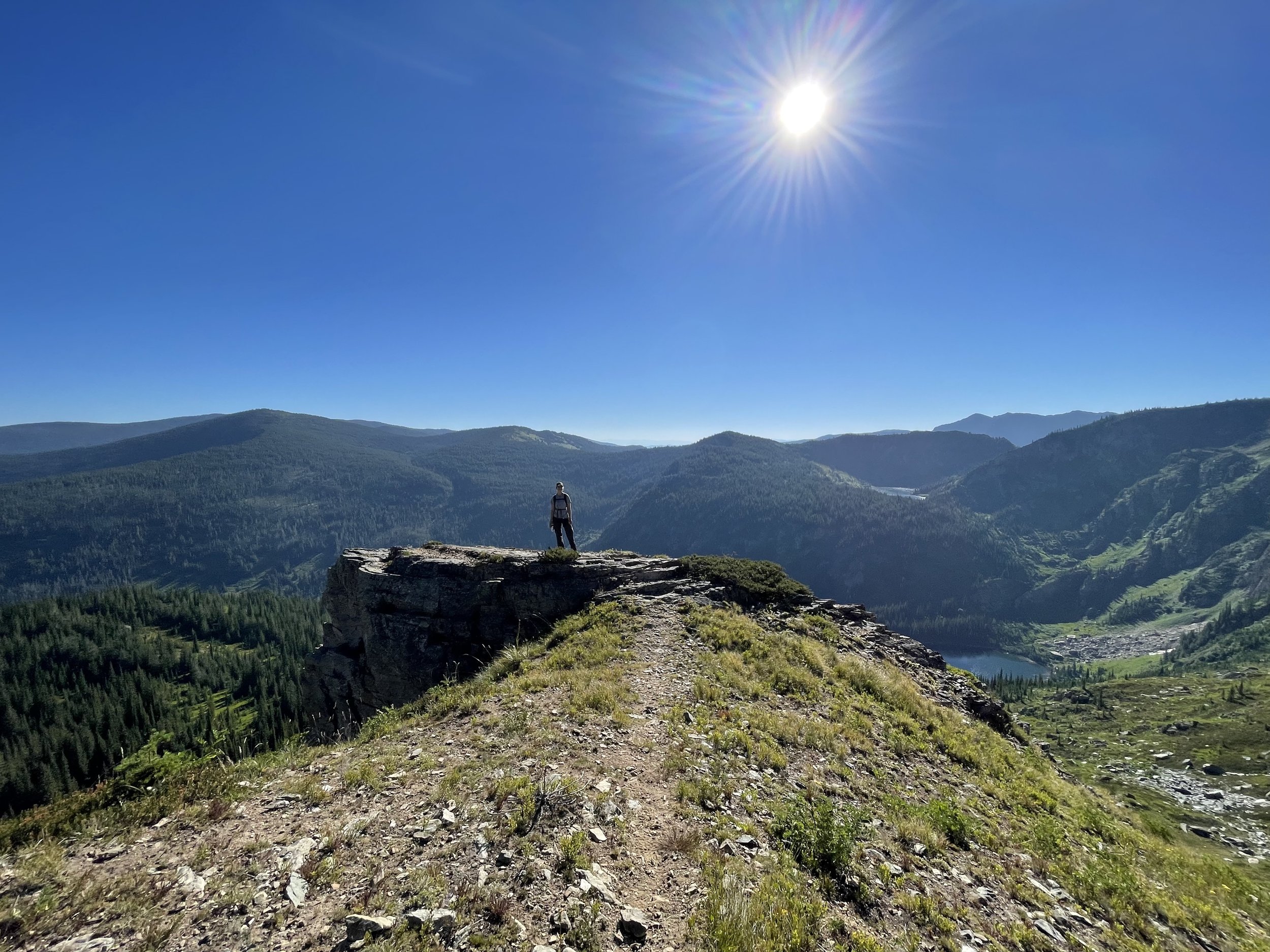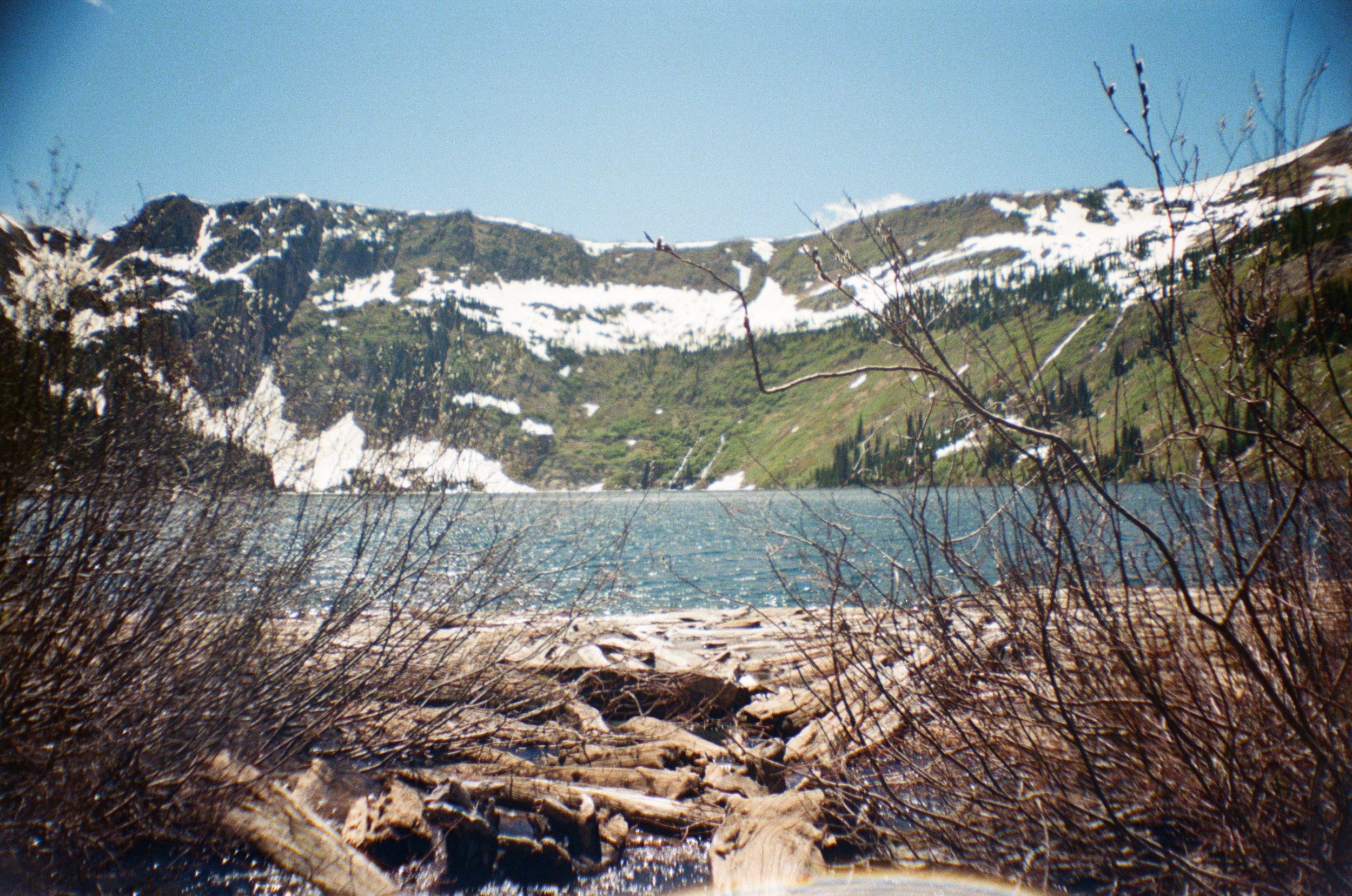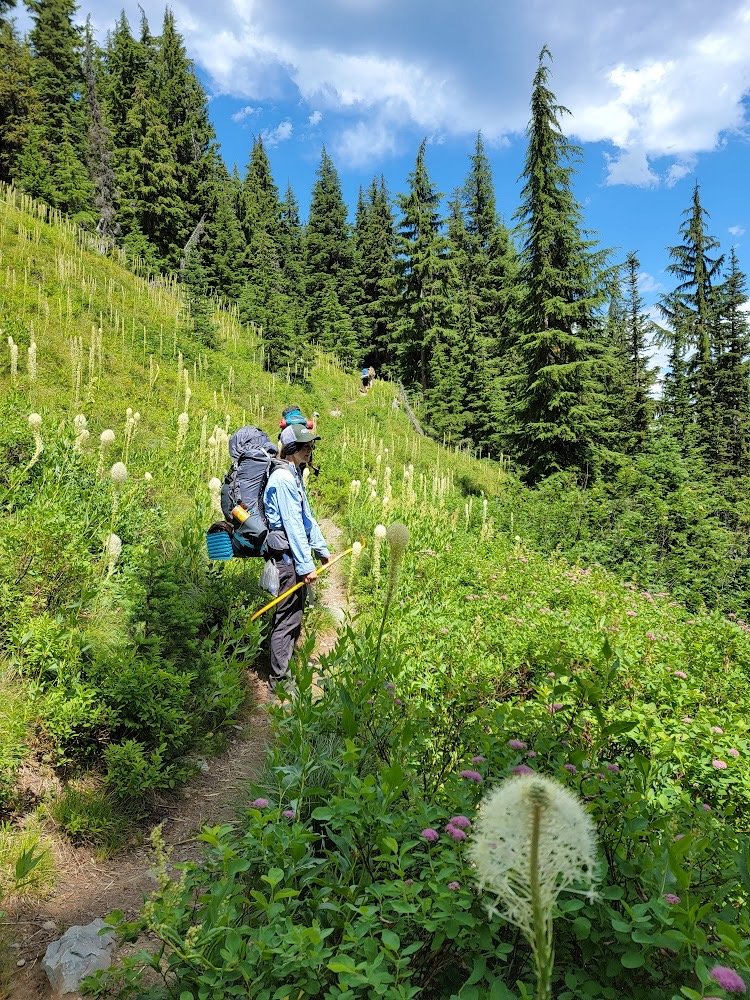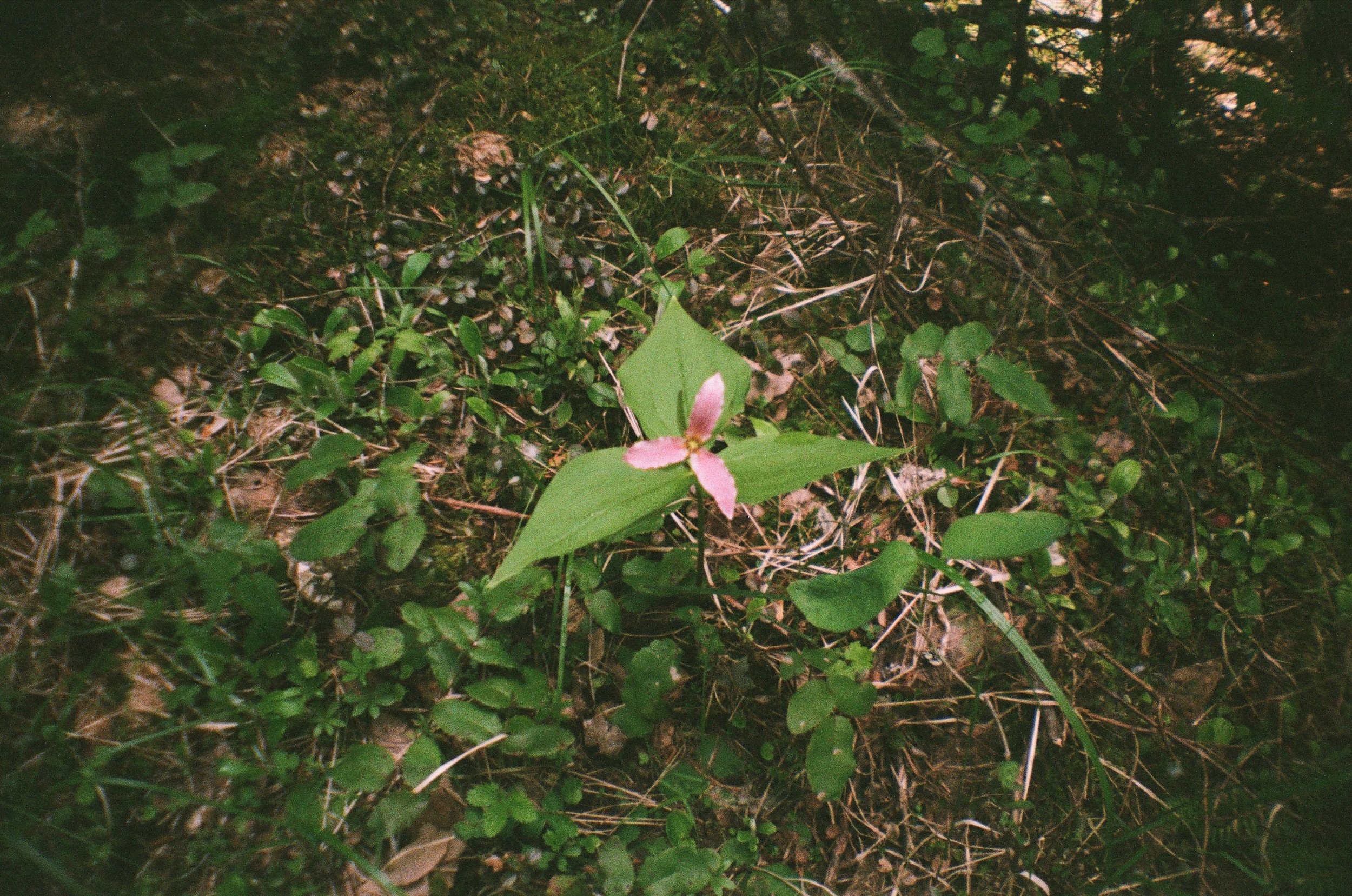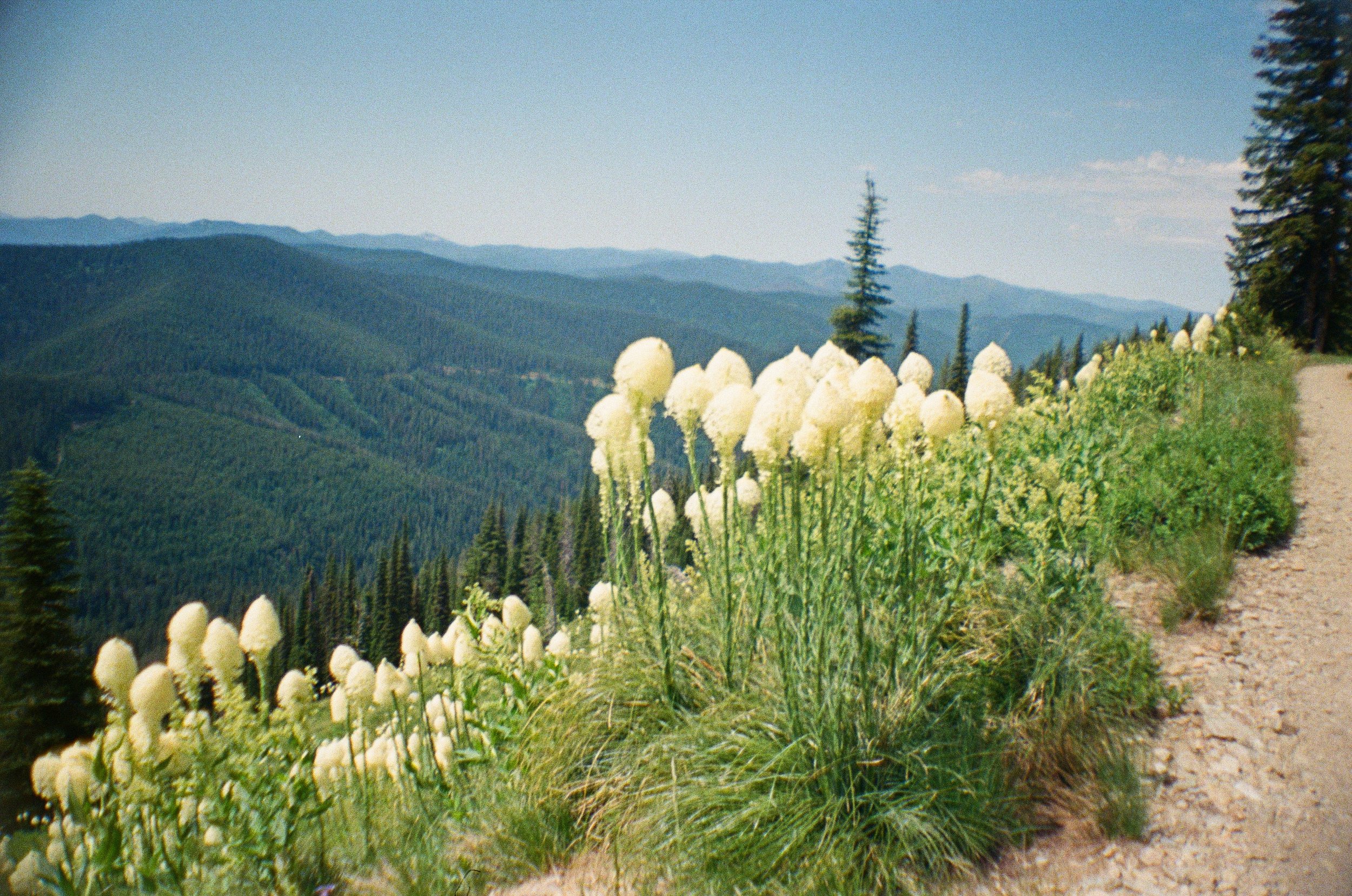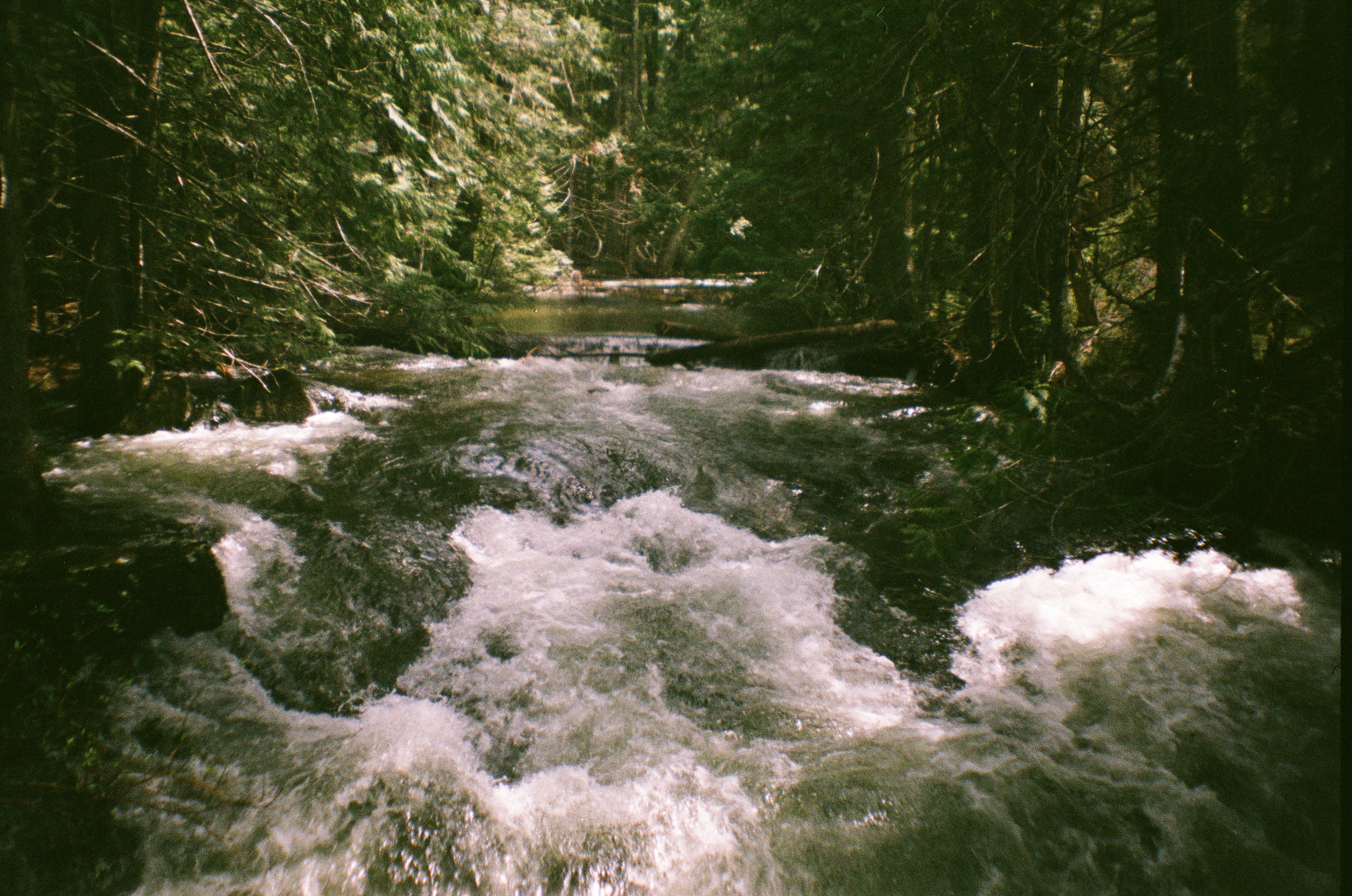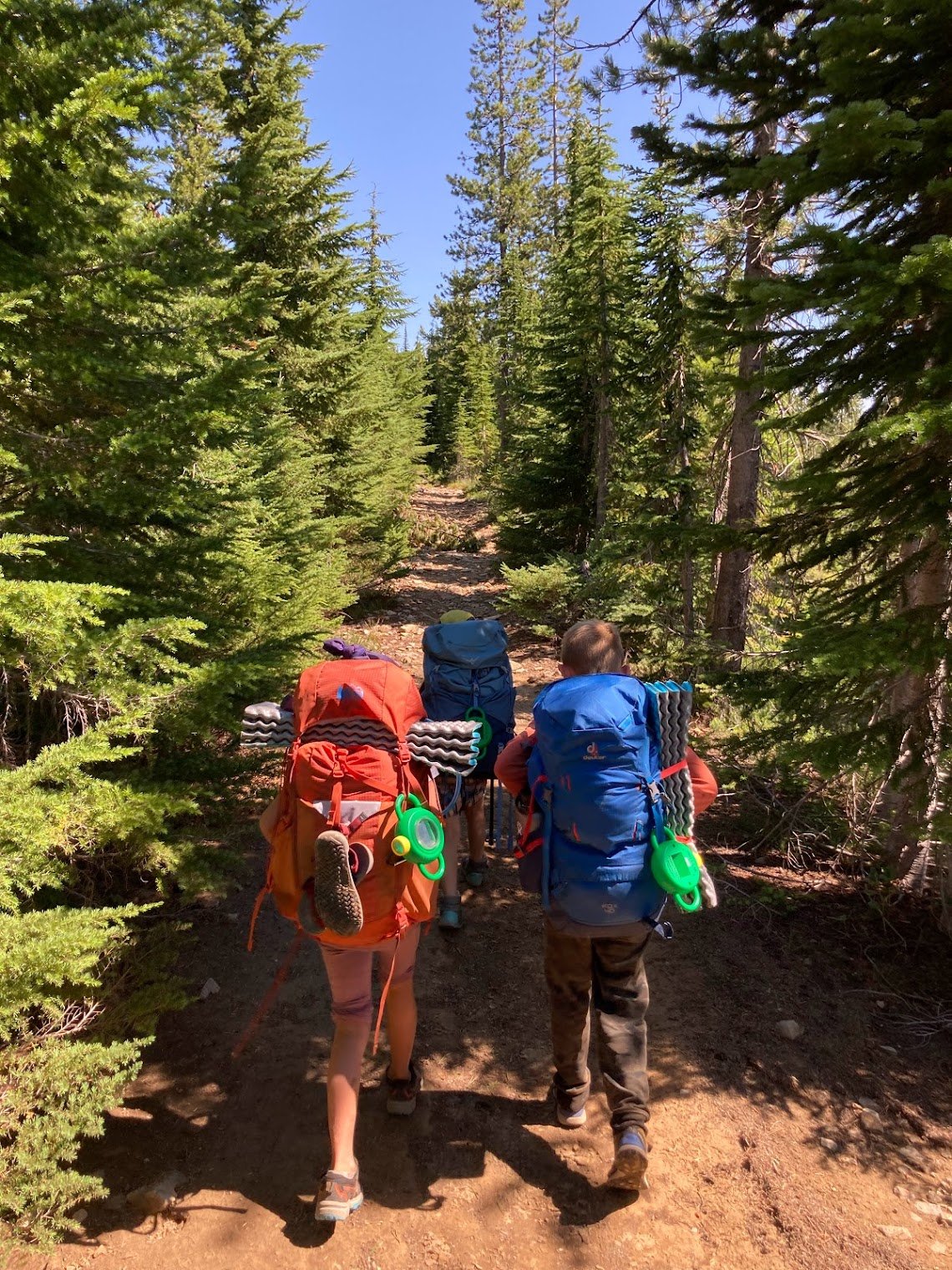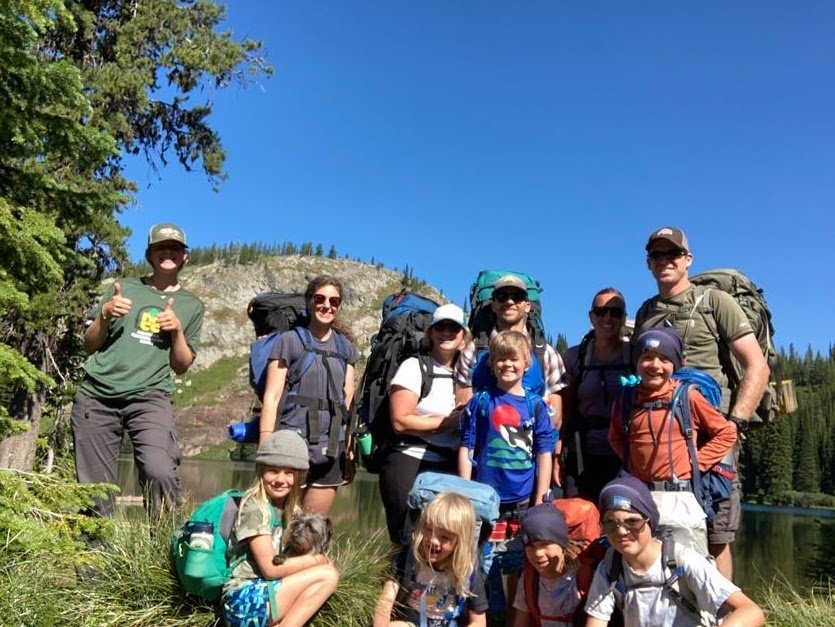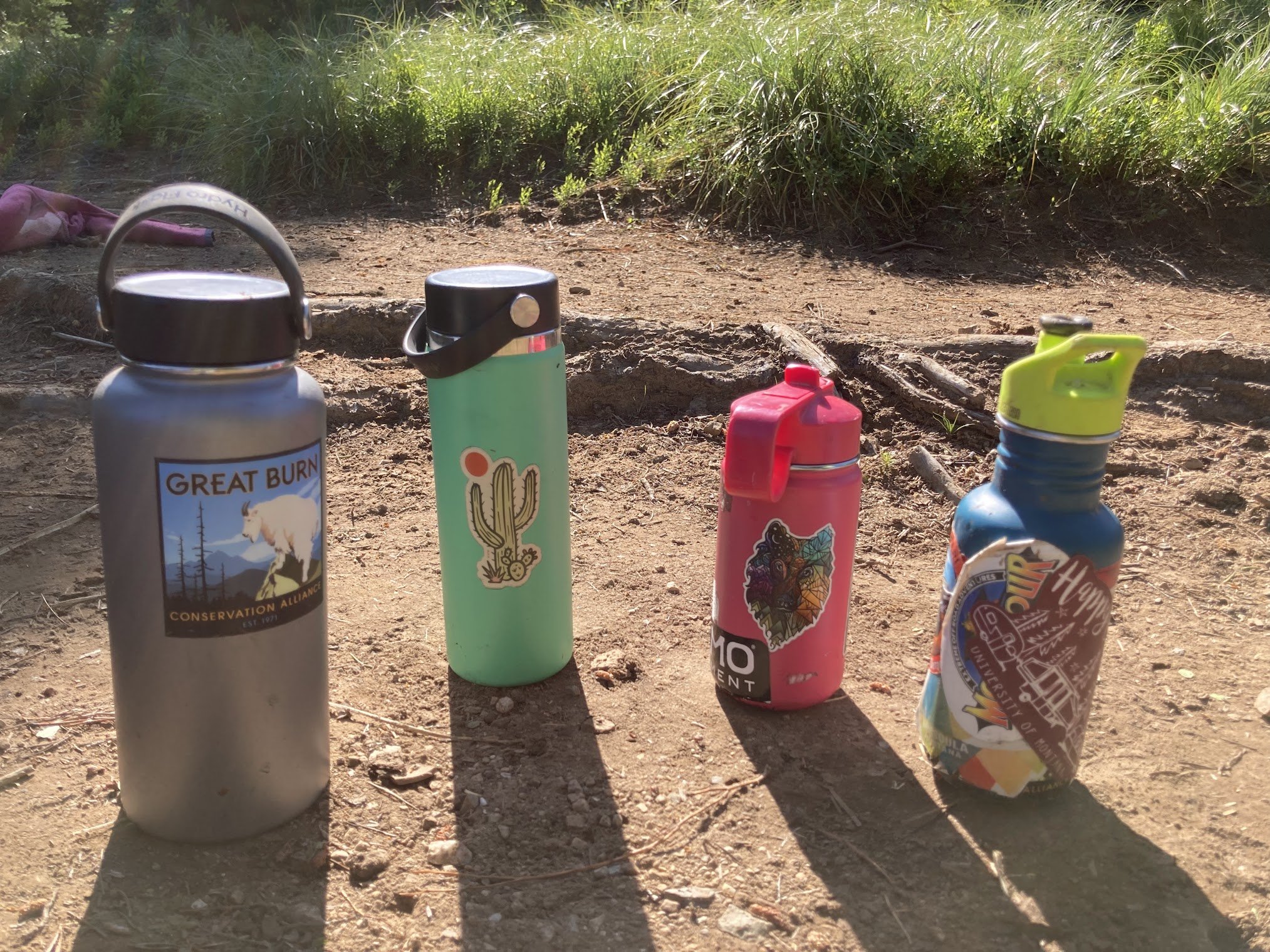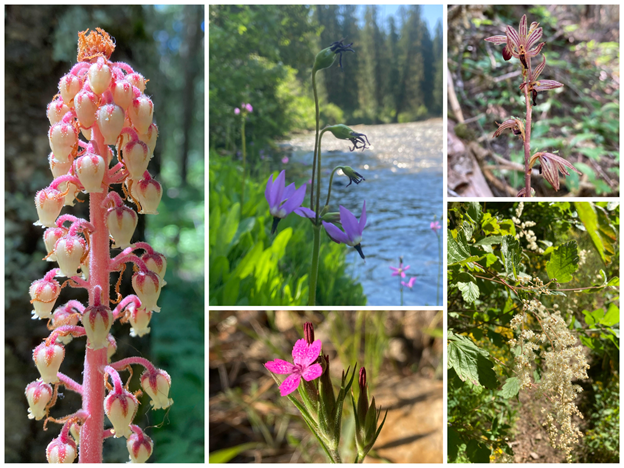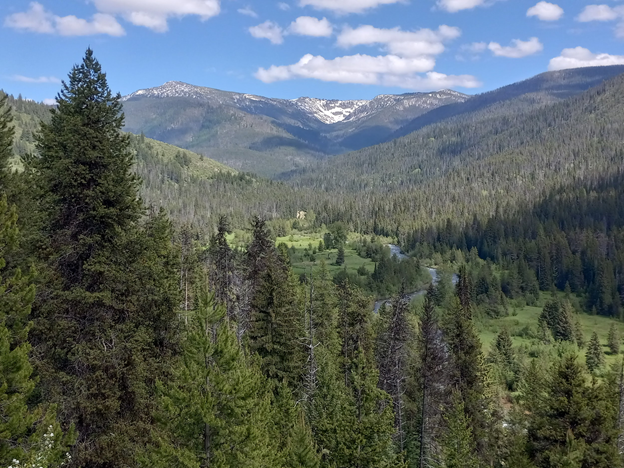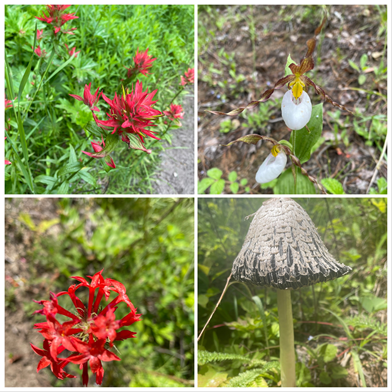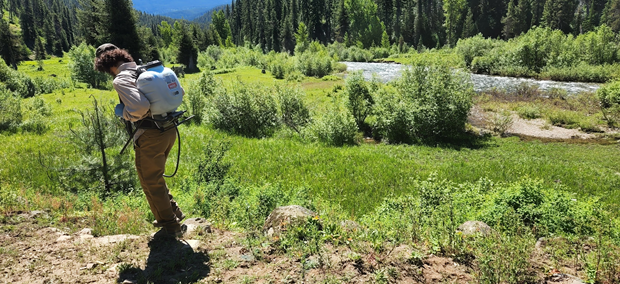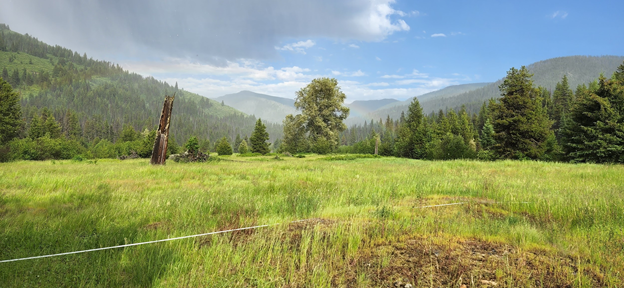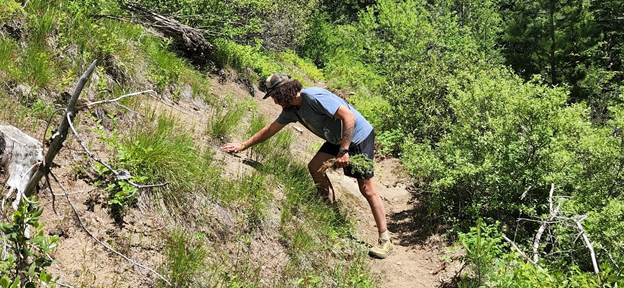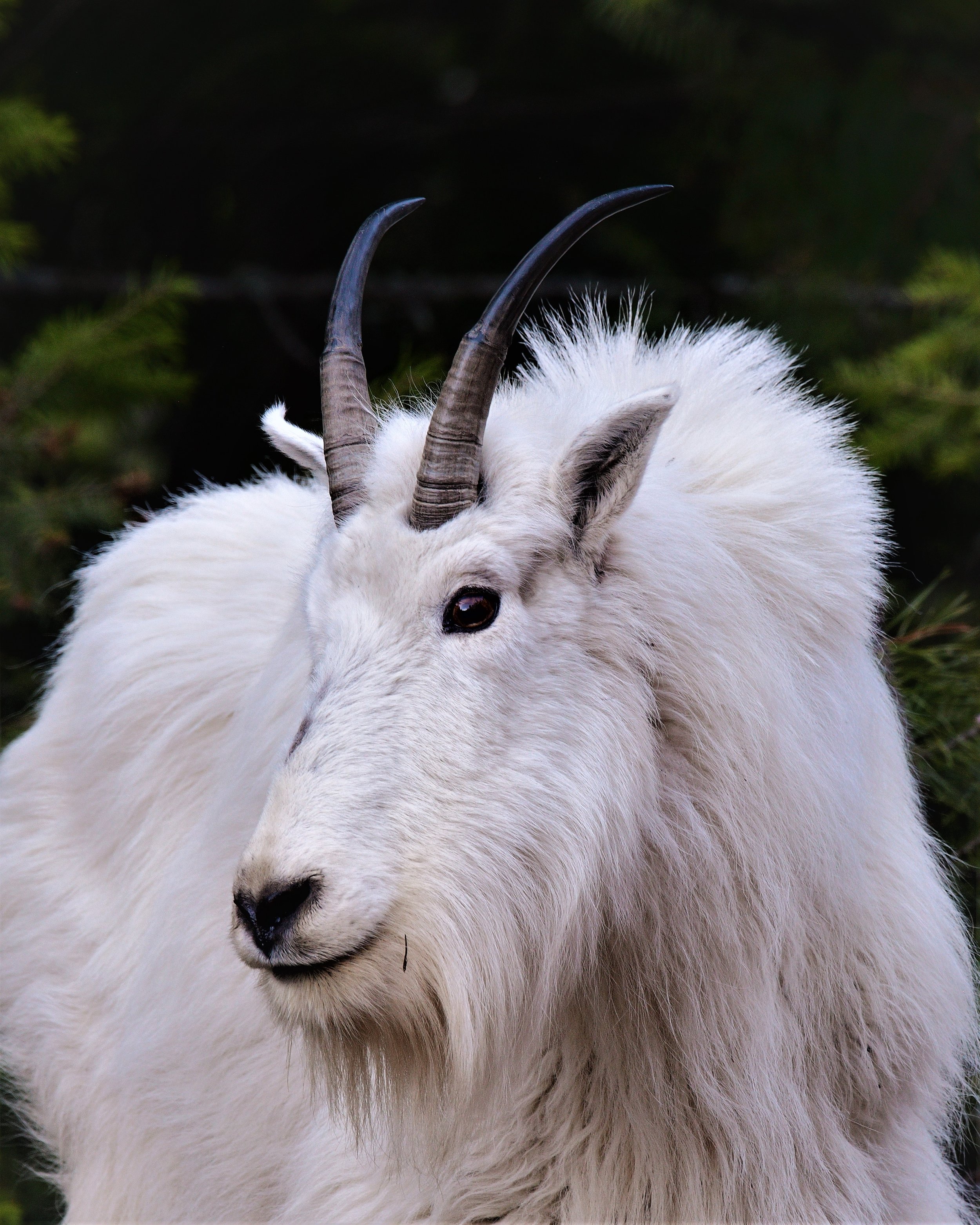When I was on a trail crew, someone once told me, “You know Joelle, all of us have our lives during work, and then at the end of the week we go home and live our city life. But you, you just live the same life all the time.”
So hey, I’m Joelle and I spent most of my time in the forest. I grew up on a tree farm where I began to learn how to care for the natural areas and be a steward of the land. My dad inspired my love for all of the relations around me and helped to grow me into who I am today. I hope to spread his gentle and caring touch on the land to those in the Great Burn area.
If you don’t spot me among the trees, then I’m probably in the water. I recently graduated from Northern Michigan University which is right on the shores of Lake Superior, so whenever I needed a study break, I would go for a swim (yes spring, summer, fall, and winter)! My favorite places to hike are along rivers or to an alpine lake, so watch out, I’m known to jump in at any moment!
Those that are crazy enough, bundle up and surf the waves of the Lake in the winter.
I recently graduated with a Bachelor’s in Ecology and minor in Native American Studies. I published a regional field guide on Midwestern flora and fauna and I am in the works of a Northwestern wildflower guide. I believe that education is a huge part of caring for the land. When it comes down to it, most people aren’t trying to destroy the ecosystem, they just don’t know how to properly care for it.
Over the years, I have worked on four trail crews in Colorado, Michigan, and Idaho. I built mountain bike trails in Michigan, worked on desert trails in Colorado, and maintained miles of trails in Idaho. Last year, I was employed by the GBCA as part of their seasonal crew on the North Fork RD of the Clearwater National Forest. This will be my third year in this area and I just keep coming back for more!



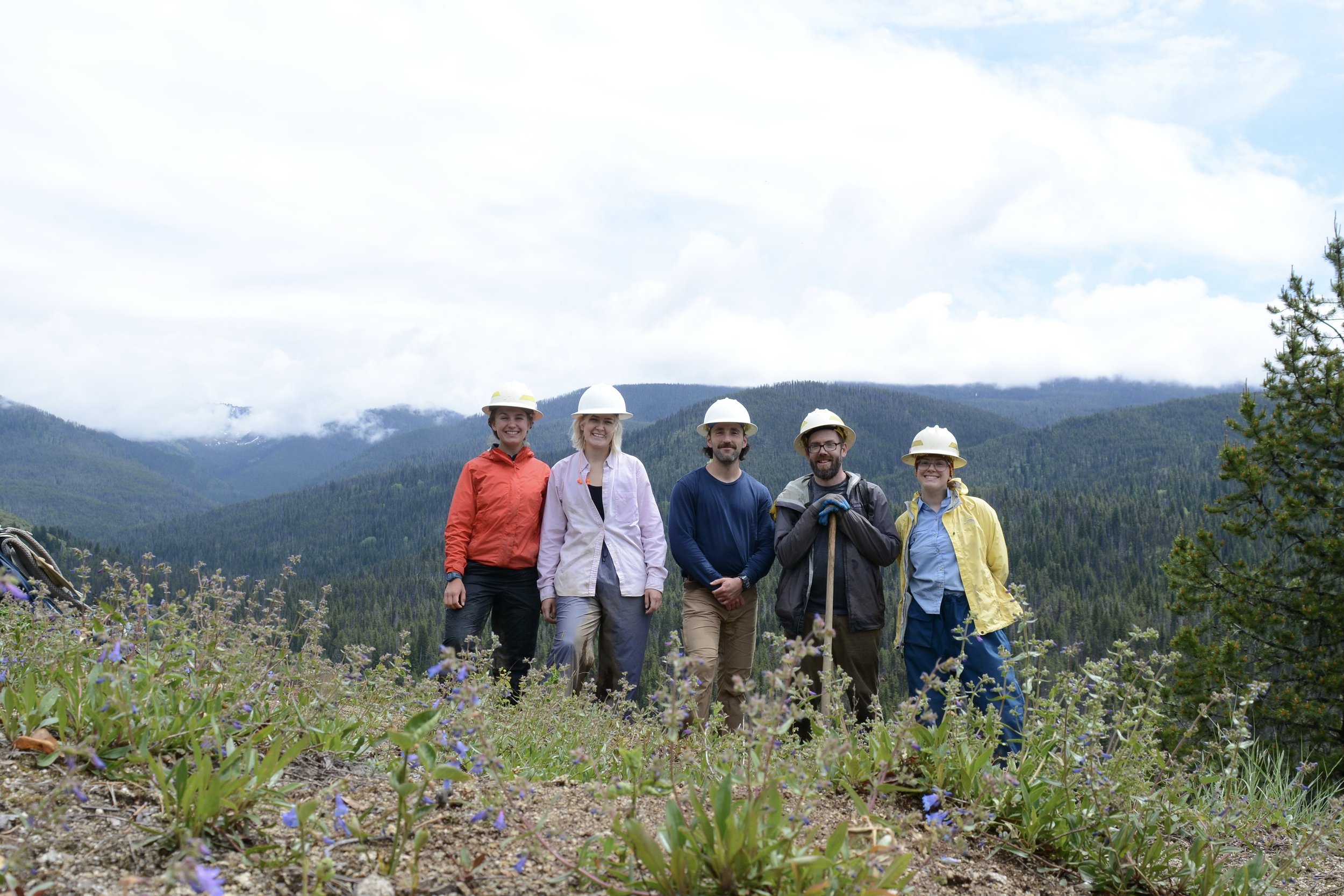

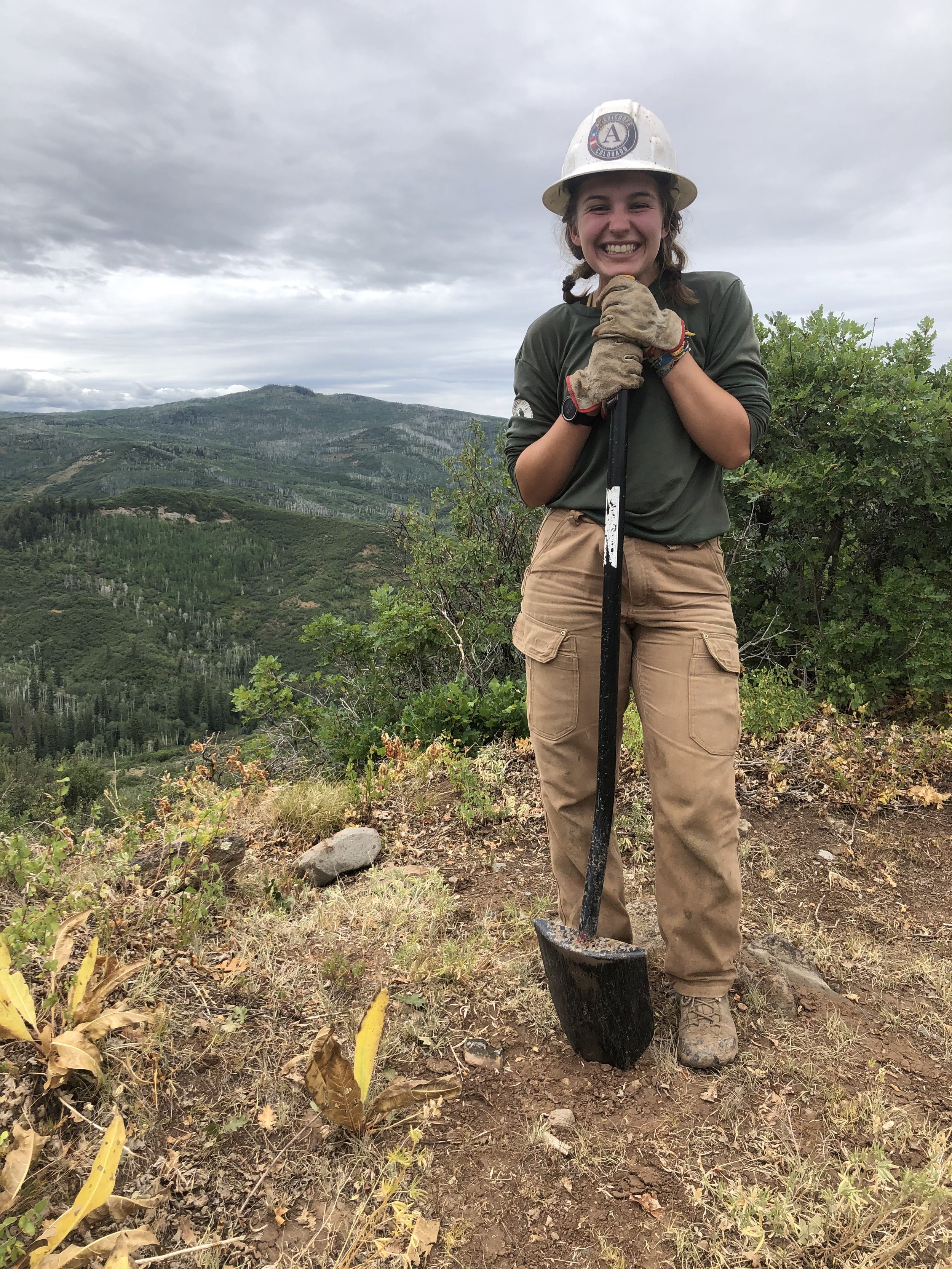

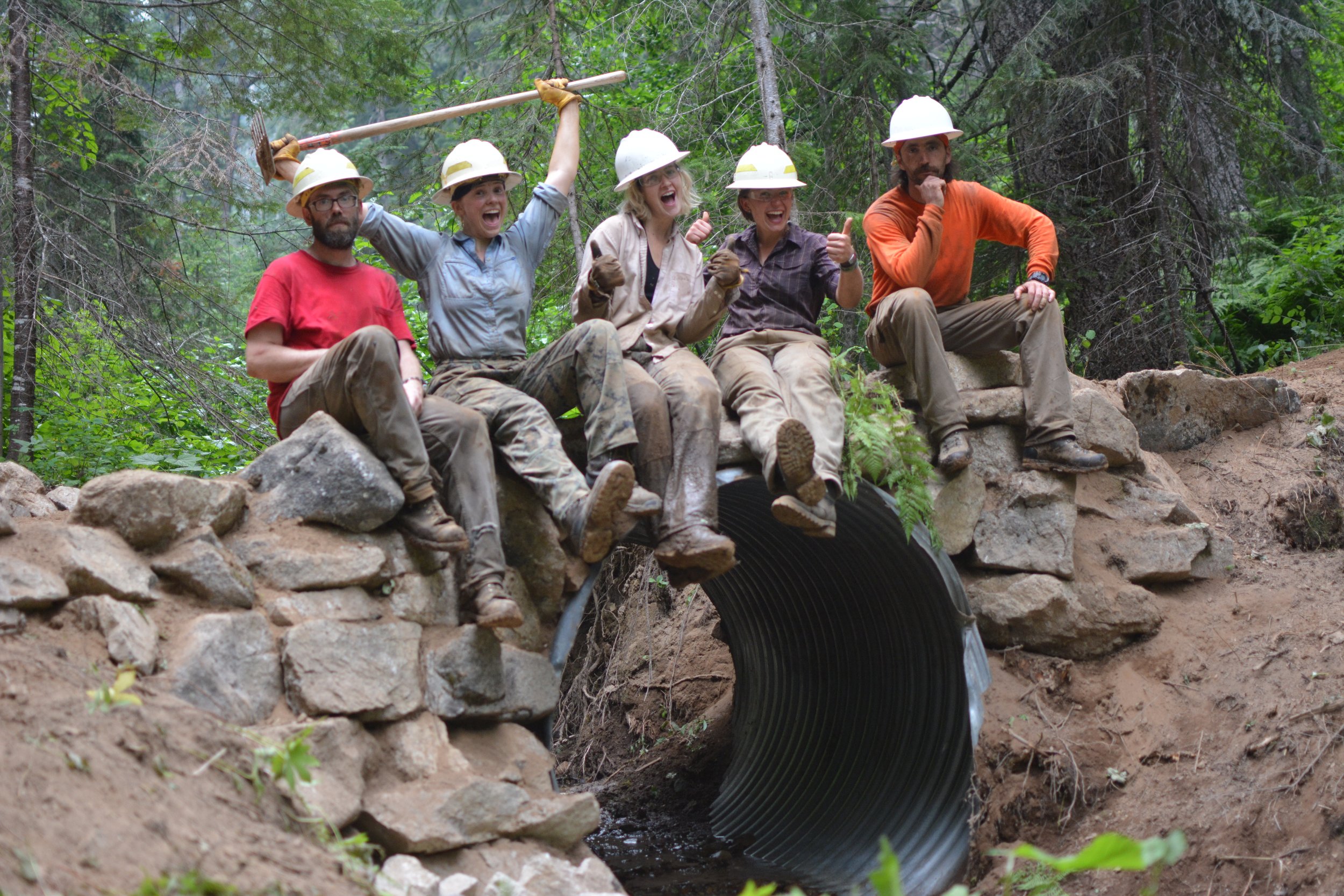
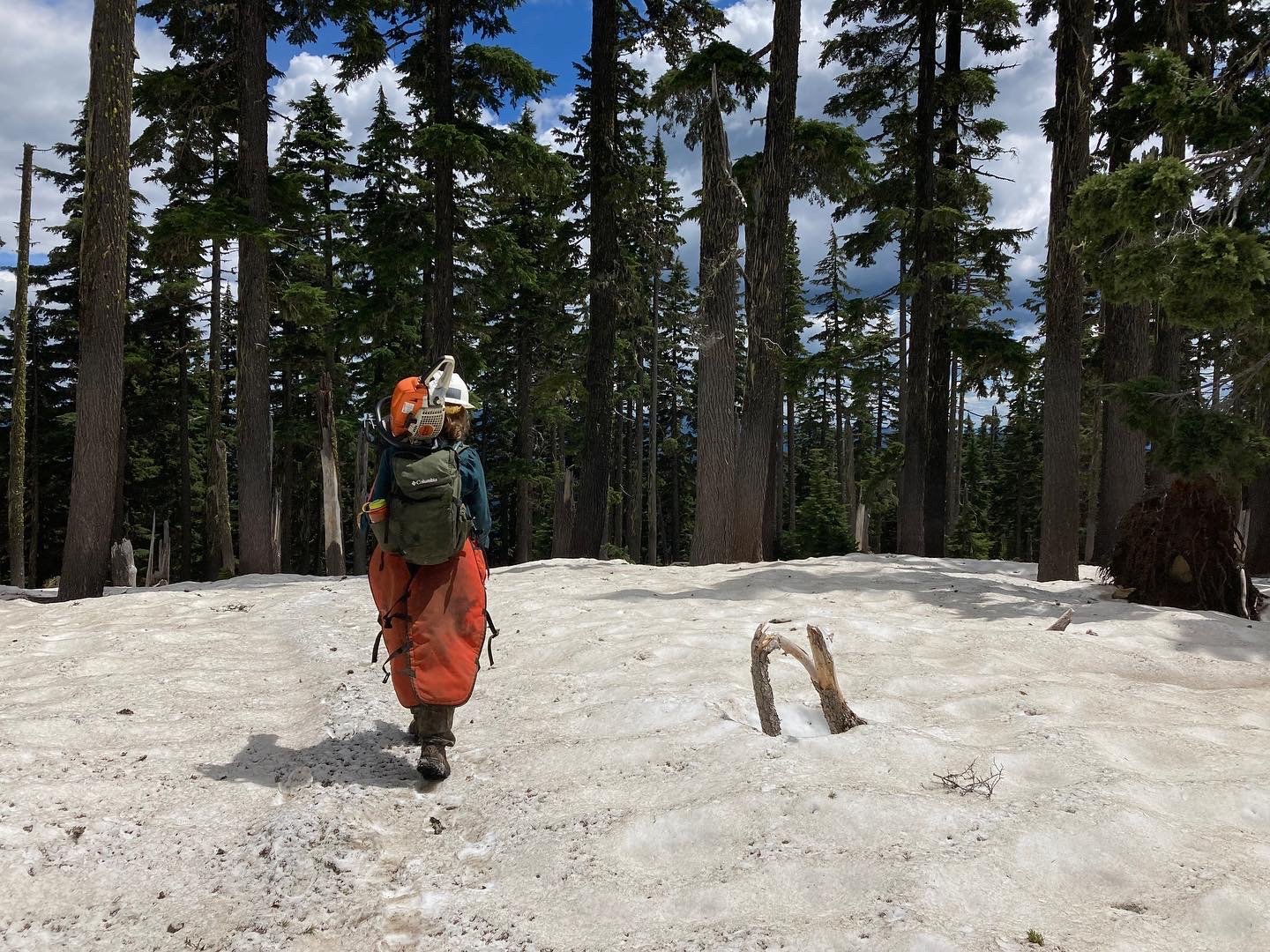
I am very excited to be your new Stewardship Coordinator. I feel as though I will be able to combine my passion for backpacking, education, fauna and flora knowledge, my photography skills, and my excitement of sharing stories with others. This year, you will be able to find me in the backcountry doing patrols, wildlife inventories, scouting for weed problem areas, leading volunteer trips, and assisting on some trail crews.
Cheers and Happy Trails!
Joelle
